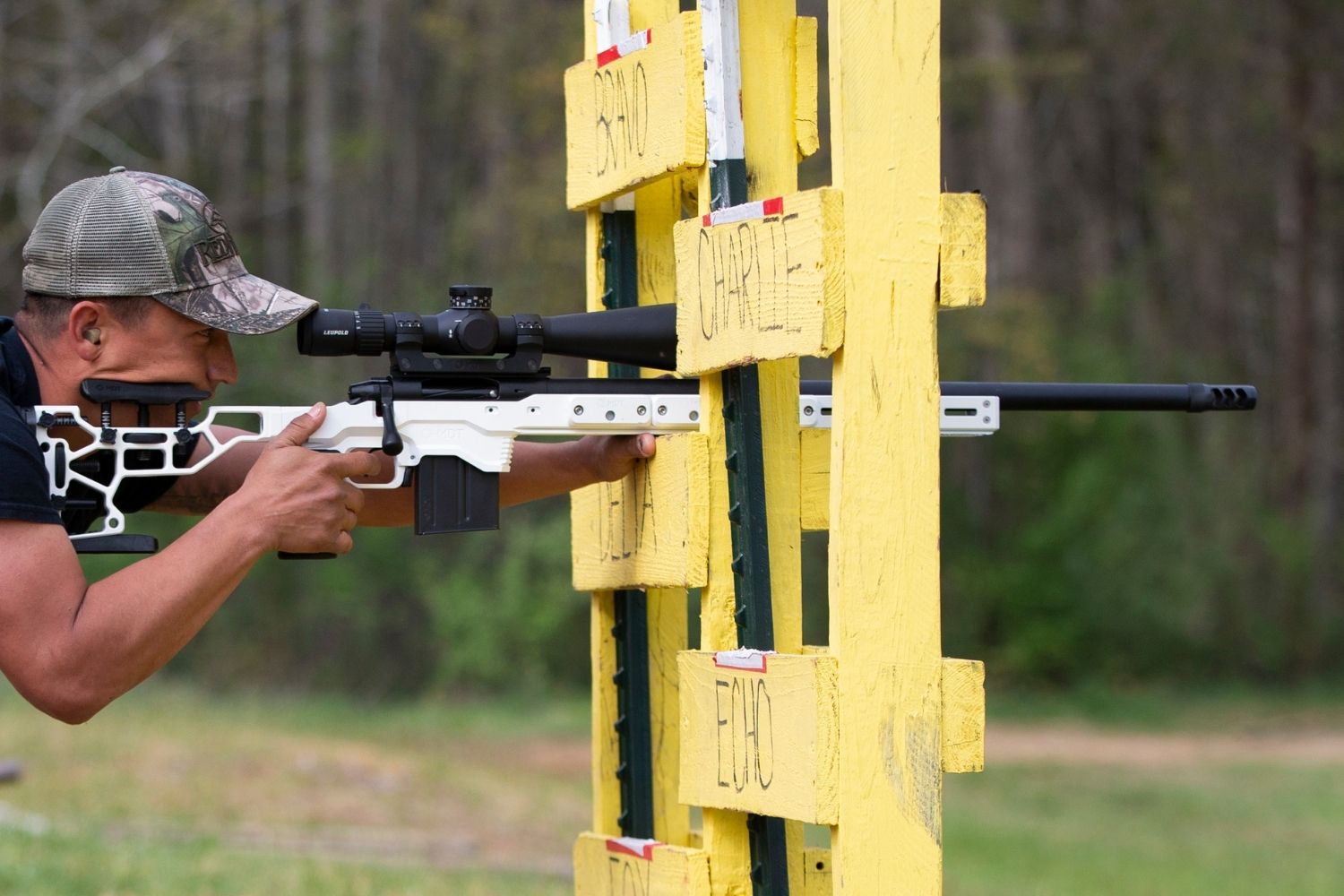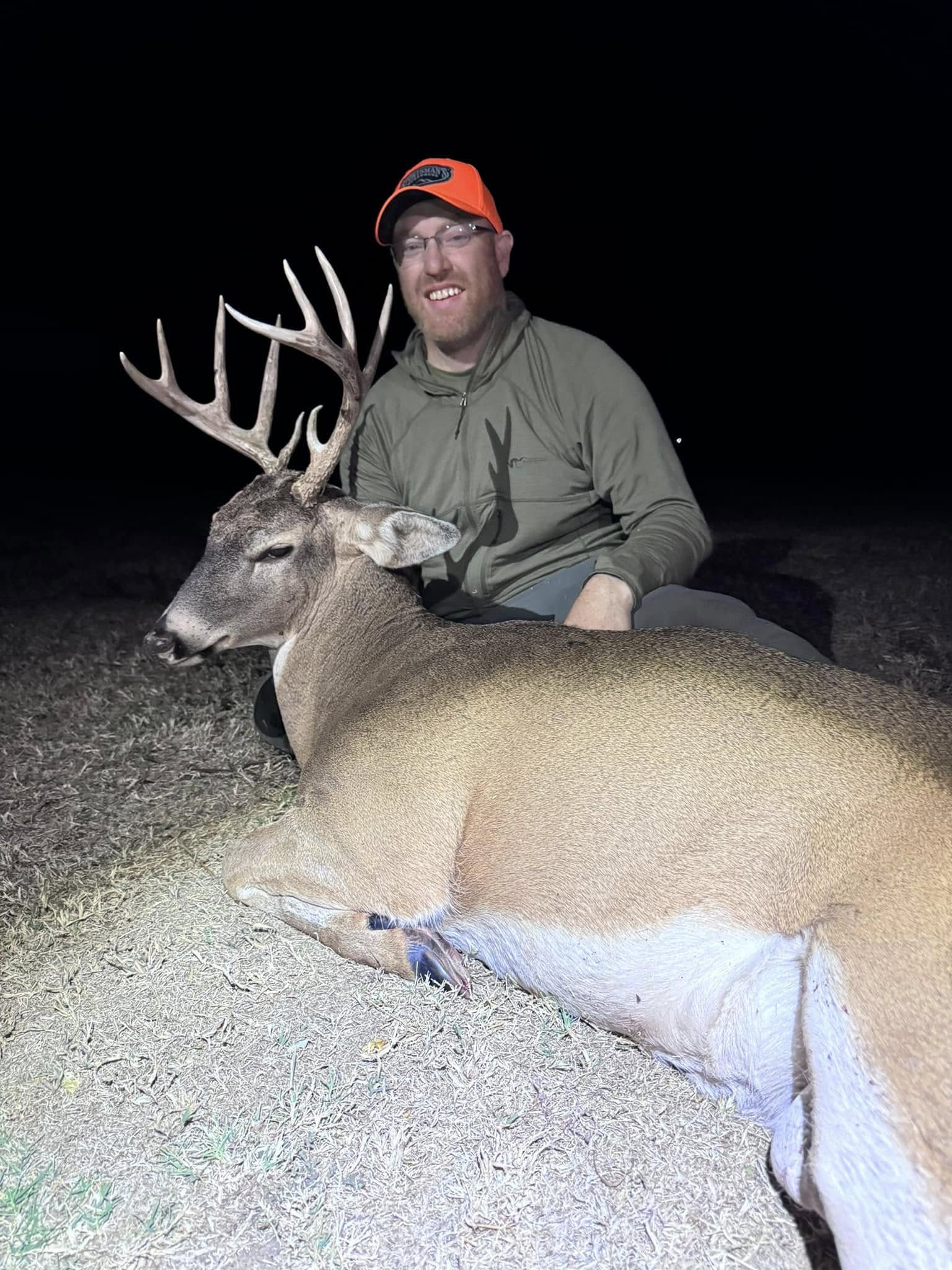Mastering Positional Shooting: Tips from Top Competitors

Beyond the Benchrest: The Reality of Field Shooting
In the world of precision rifle competitions, particularly PRS (Precision Rifle Series) matches, the days of shooting exclusively from a bench with perfect support are long gone. Today's competitions test shooters' abilities to deliver accurate shots from a wide variety of field positions—often unstable, uncomfortable, and under time pressure.
Mastering positional shooting is what separates good shooters from great ones. In this article, we'll share insights and techniques from top competitors to help you improve your positional shooting skills and boost your match performance.
The Fundamentals of Positional Shooting
Before diving into specific positions, let's review the core principles that apply to all positional shooting:
1. Bone Support Over Muscle Tension
One of the most critical concepts in positional shooting is using your skeletal structure (bones) for support rather than relying on muscle tension. Muscles fatigue and tremble; bones don't.
In every position you take:
- Identify points of bone support: Find ways to stack your skeletal structure to support the rifle
- Minimize muscle engagement: The less you rely on muscle tension to hold position, the more stable you'll be
- Use natural point of aim: Position your body so that it naturally aligns with the target without muscle strain
"If you're shaking, you're using muscles. If you're using muscles, you're doing it wrong." — David Tubb, 11-time NRA National High-Power Rifle Champion
2. Building a Stable Platform
Every shooting position should focus on creating the most stable platform possible:
- Maximize contact points: More points of contact between your body, the rifle, and stable surfaces increase stability
- Lower center of gravity: Get as low as the position allows
- Triangulate support: Create triangles of support whenever possible (three points of contact are more stable than two)
3. Proper Gear Utilization
Modern PRS shooting relies heavily on support equipment:
- Support bags: Learn to position and squeeze bags effectively for maximum stability
- Bipods: Understand loading/preloading techniques for different surfaces
- Slings: Master different sling positions and tension techniques
Common Positional Shooting Techniques
Let's examine specific positions you'll encounter in PRS matches and how to master them:
1. Prone Position
While prone is the most stable field position, there's still room for optimization:
- Body alignment: Your spine should be in line with the rifle, not angled
- Elbow placement: Elbows should be positioned slightly wider than shoulders for stability
- Bipod loading: Apply forward pressure into the bipod to create tension and stability
- Rear support: Use a rear bag under the stock to fine-tune elevation and provide additional stability
Pro Tip:
In prone, focus on controlling your breathing. Take a breath, exhale partially, hold, and then execute the shot during the natural respiratory pause.
2. Barricade Shooting
Barricade shooting is a staple of PRS competitions and comes in countless variations:
- Support hand technique: Use your support hand to create a stable platform between the rifle and the barricade
- Bag placement: Position your support bag on the barricade, then nest the rifle into it
- Body contact: Maintain maximum contact with the barricade for stability
- Lean into it: Apply forward pressure against the barricade to create tension and stability
Pro Tip:
When shooting off a barricade, try to get at least three points of contact: the rifle on the support, your support hand, and your body against the structure.
3. Seated Position
The seated position offers a good balance of stability and mobility:
- Cross-legged (pretzel): Creates a stable platform for your elbows
- Leg-up position: One leg flat, one knee up to support the arm
- Tripod position: Both knees up, creating a tripod with your torso
Pro Tip:
In seated positions, use your knees or ankles as support points for your arms to create bone-on-bone support.
4. Kneeling Position
Kneeling offers height when needed but requires practice to master:
- High kneeling: Support elbow on the raised knee
- Low kneeling: Sitting on the heel of your rear foot
- Reverse kneeling: Kneeling with your support-side knee down (opposite of traditional)
Pro Tip:
Use a support bag under your ankle or foot in kneeling positions to provide additional stability and comfort.
5. Standing/Offhand
The most challenging position, but sometimes unavoidable:
- Foot position: Feet shoulder-width apart, dominant foot slightly back
- Elbow support: Keep support elbow directly under the rifle
- Body lean: Slight lean into the rifle to counterbalance its weight
Pro Tip:
In standing positions, focus on your natural point of aim. Align your body so that when you close your eyes and then open them, your sights are on target.
Advanced Techniques from the Pros
1. Improvised Support
Top competitors excel at finding and creating stable shooting positions in challenging environments:
- Stack support bags: Create custom-height supports by stacking or folding bags
- Use multiple points of contact: Combine barricade, bag, and body support
- Wedge techniques: Use your support bag as a wedge between structures for stability
2. Rapid Position Acquisition
In time-constrained stages, getting into position quickly is crucial:
- Pre-visualize: Before approaching a stage, visualize exactly how you'll position yourself
- Bag pre-positioning: Hold your support bag in a ready position as you move
- Minimize adjustments: Get close enough on the first try, then make minor adjustments
"The difference between good shooters and great shooters isn't just accuracy—it's how quickly they can get into a stable position." — Joe Gurule, PRS Pro Series Competitor
3. Breathing and Trigger Control
Position is only part of the equation. How you execute the shot matters tremendously:
- Position-specific breathing: Different positions may require different breathing techniques
- Trigger control adaptation: Your trigger finger position and pressure may need to change based on position
- Follow-through: Maintain position through the shot and observe impact
Training for Positional Shooting Excellence
1. Dry Fire Practice
Dry fire practice is invaluable for positional shooting improvement:
- Position cycling: Practice moving between different positions rapidly
- Hold stability: Use a laser training device to observe your stability in different positions
- Time pressure: Use a timer to simulate match conditions
2. Strength and Flexibility
Physical conditioning directly impacts positional shooting ability:
- Core strength: Develop a strong core for better stability in all positions
- Flexibility: Improve hip, shoulder, and ankle flexibility for better positioning options
- Position-specific endurance: Practice holding uncomfortable positions for extended periods
3. Position Stress Testing
Don't just practice positions in ideal conditions:
- Add time pressure: Use a shot timer to simulate match conditions
- Create physical stress: Do light exercise before shooting to elevate heart rate
- Vary conditions: Practice in different weather and lighting conditions
Conclusion
Mastering positional shooting is a journey, not a destination. Even top competitors continuously refine their techniques and adapt to new challenges. The key is systematic practice, attention to fundamental principles, and a willingness to analyze and improve your performance.
Remember that what works for one shooter may not work for another. Body types, flexibility, equipment, and personal preferences all play a role in developing your optimal positions. Experiment, get feedback, and find what works best for you.
Ready to put these techniques into practice? Join us at our next Bolt Gun Nation matchwhere you can test your positional shooting skills in a competitive environment.
Related Resources
- •Advanced Wind Reading Techniques for Long Range Shooting
Master the art of reading wind conditions for improved long-range shooting accuracy.
- •Ultimate Match Preparation Checklist for Precision Rifle Shooters
A comprehensive checklist to ensure you're fully prepared for your next precision rifle competition.
- •Effective Training Techniques for Precision Rifle Shooters
Discover proven training methods to improve your precision rifle skills.
- •Mental Game Training for Precision Rifle Shooters
Psychological techniques to improve focus, manage match stress, and enhance performance.

Joe Gurule
Joe is a former military sniper and current PRS competitor with expertise in positional shooting techniques. He conducts training clinics throughout the Southwest and has placed in the top 10 at multiple national-level precision rifle competitions.